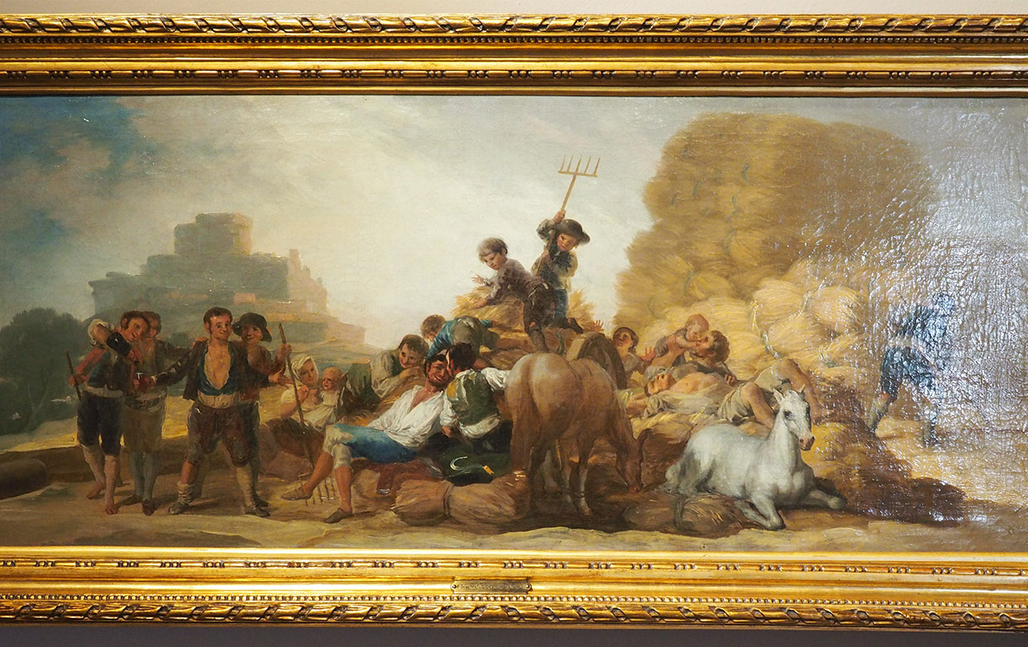
Goya, Carrière and the Ghost of Bunuel: interview with José Luis Lopez-Linares

Shot in Spain just before the pandemic, the documentary L’ombre de Goya par Jean-Claude Carrière (Goya, Carrière and the Ghost of Bunuel) follows the brilliant writer and former collaborator of Luis Buñuel as he walks in the footsteps of Francisco de Goya (1746-1828). A double tribute that is something of a final journey for the French artist, who died in February 2021. Interview with the director José Luis Lopez-Linares.
How did this adventure begin?
I had collaborated with Jean-Claude in the framework of a documentary I had done on Luis Buñuel and in addition my film Bosch, the Garden of Dreams (Le mystère Jérôme Bosch) had been very well received. So I decided to contact Jean-Claude again to do a film on another painter, Goya. He spent 10 days in Spain with us, followed us as we traced the life of Goya, from the Prado museum to the village of Fuendetodos, near Zaragoza, where the painter was born. It was enough for Jean-Claude to look at a Goya painting, or to be in front of Goya's house, for the moment to inspire him. He'd then immediately tell us a story, it was extraordinary. That's maybe why the film feels so natural, it was enough for me to follow him with the cameras.
What parallels can we draw between the lives of Goya and Jean-Claude Carrière?
Jean-Claude, who worked a lot in Spain, shared this love of Spain with Goya, its good sides and its bad sides. He had in common with him this infinite curiosity, this vast knowledge that they needed to share. Our microphone was always turned on so that we could capture these moments when we were travelling. The train, for example, is used in the film as a sort of metaphor for travelling.
“Every conversation was a pretext to talk about great things.”
What is the perspective of the documentary, why Goya?
The documentary is about the Goya mystery – his life and his paintings are shrouded in mystery. The painter one day suddenly became totally deaf. He couldn't hear anything. Without having planned for it, he had to learn how to communicate in sign language and to adapt. It's interesting to see how in the Portrait of the Duchess of Alba, the gesture that she makes with her hand traces the letter G in sign language. Some of Goya's drawings even depict the entire sign language alphabet. The documentary tries to show the impact that this major upheaval may have had on his painting. And the other theme is the impact that the French Revolution may have had on his life, as he was a painter who made a living off his art from the courts of kings. We didn't want to make an art specialist film. We wanted something much more accessible.
The film nonetheless touches on Goya's style, can you tell us more about it?
Just as he was able to paint portraits of the Countess of Chinchón or of children with great delicacy, he was able to, like no one else and down to the most minute details, depict the horror of the war in Spain, images of an unheard of violence. This contrast between delicacy and violence is fascinating. No painter depicted violence as explicitly as Goya. That's what Carlos Suara says in the film, this approach is very Aragonese. His home region is a place of contrasts.


